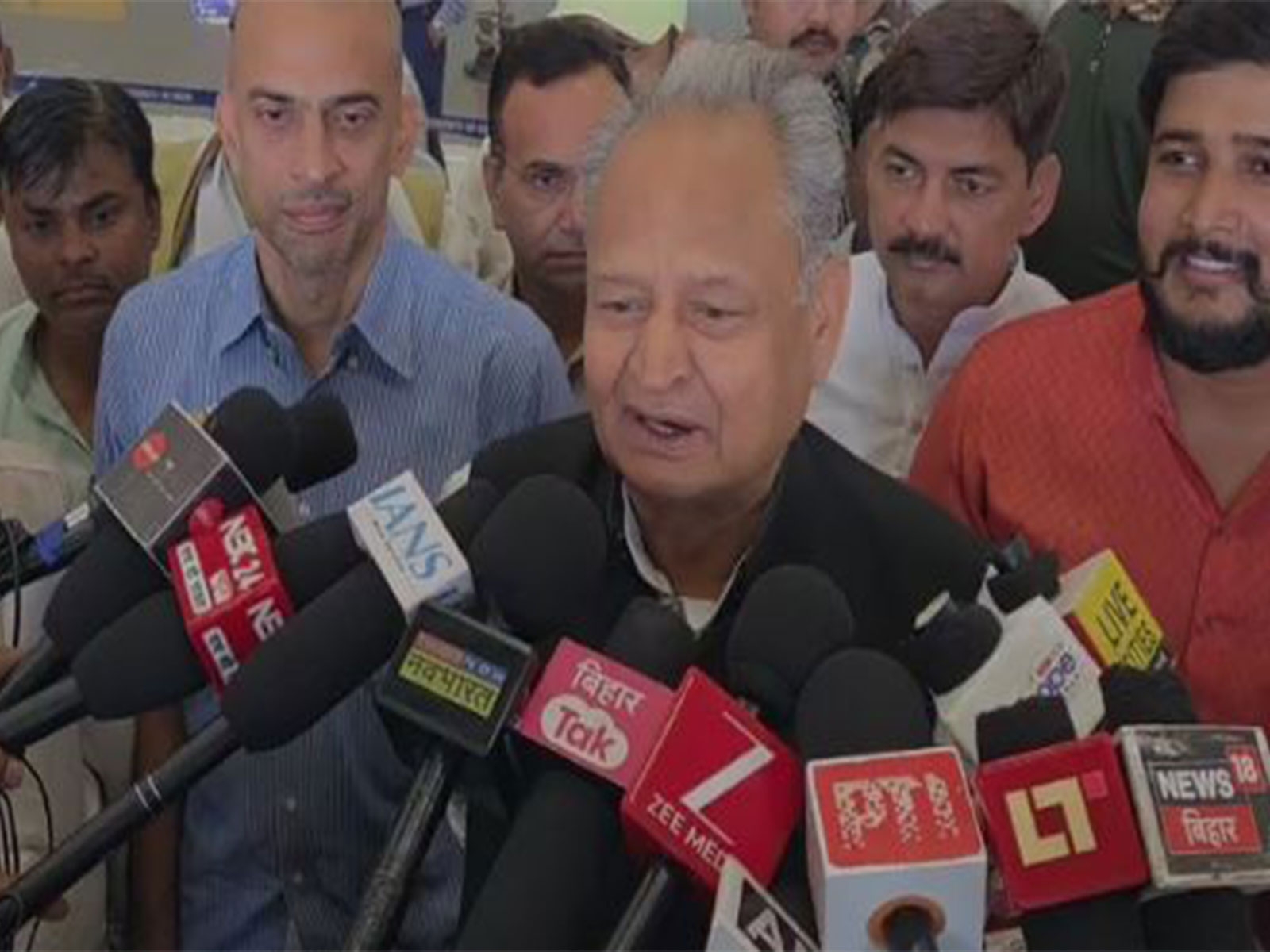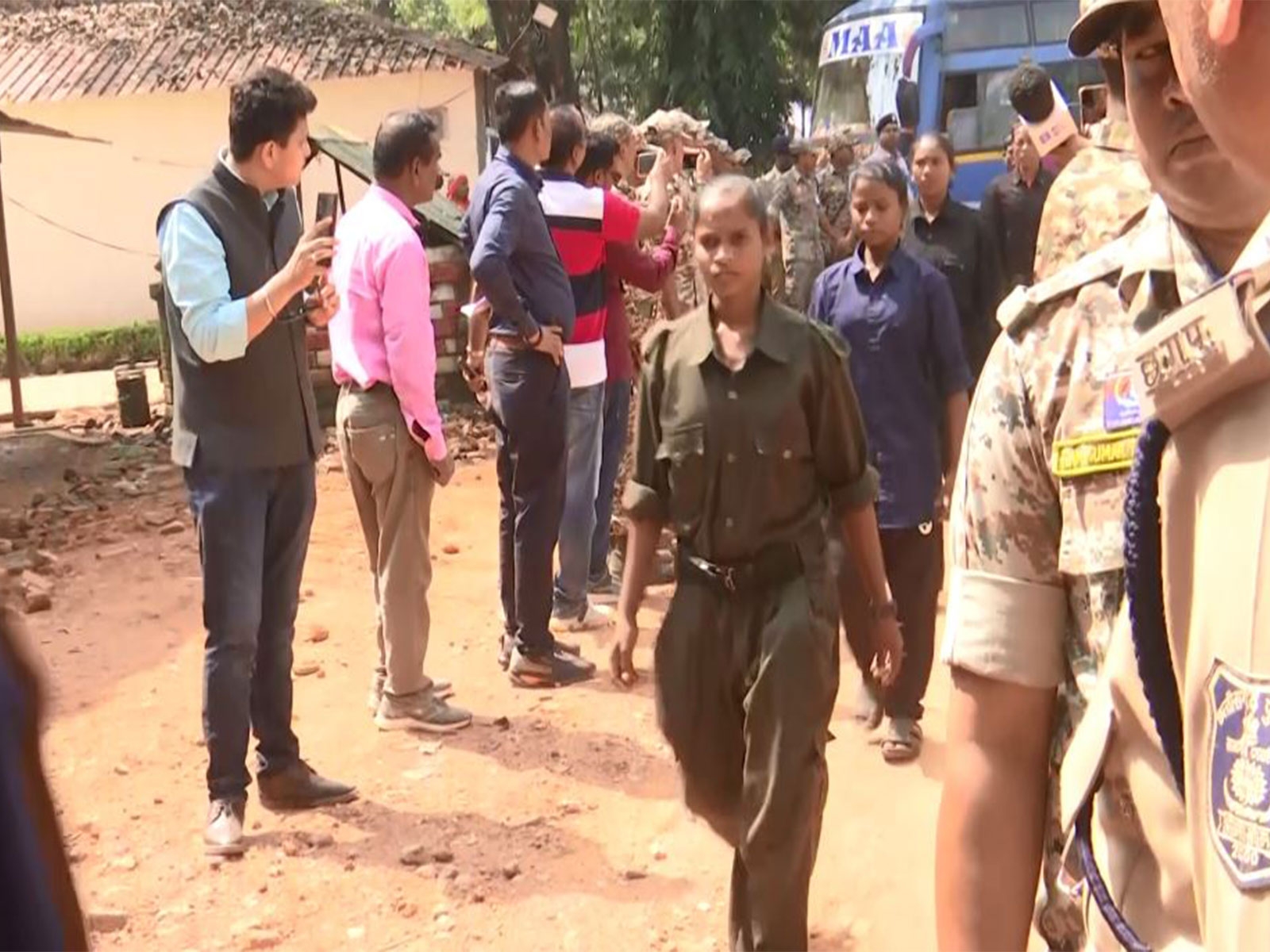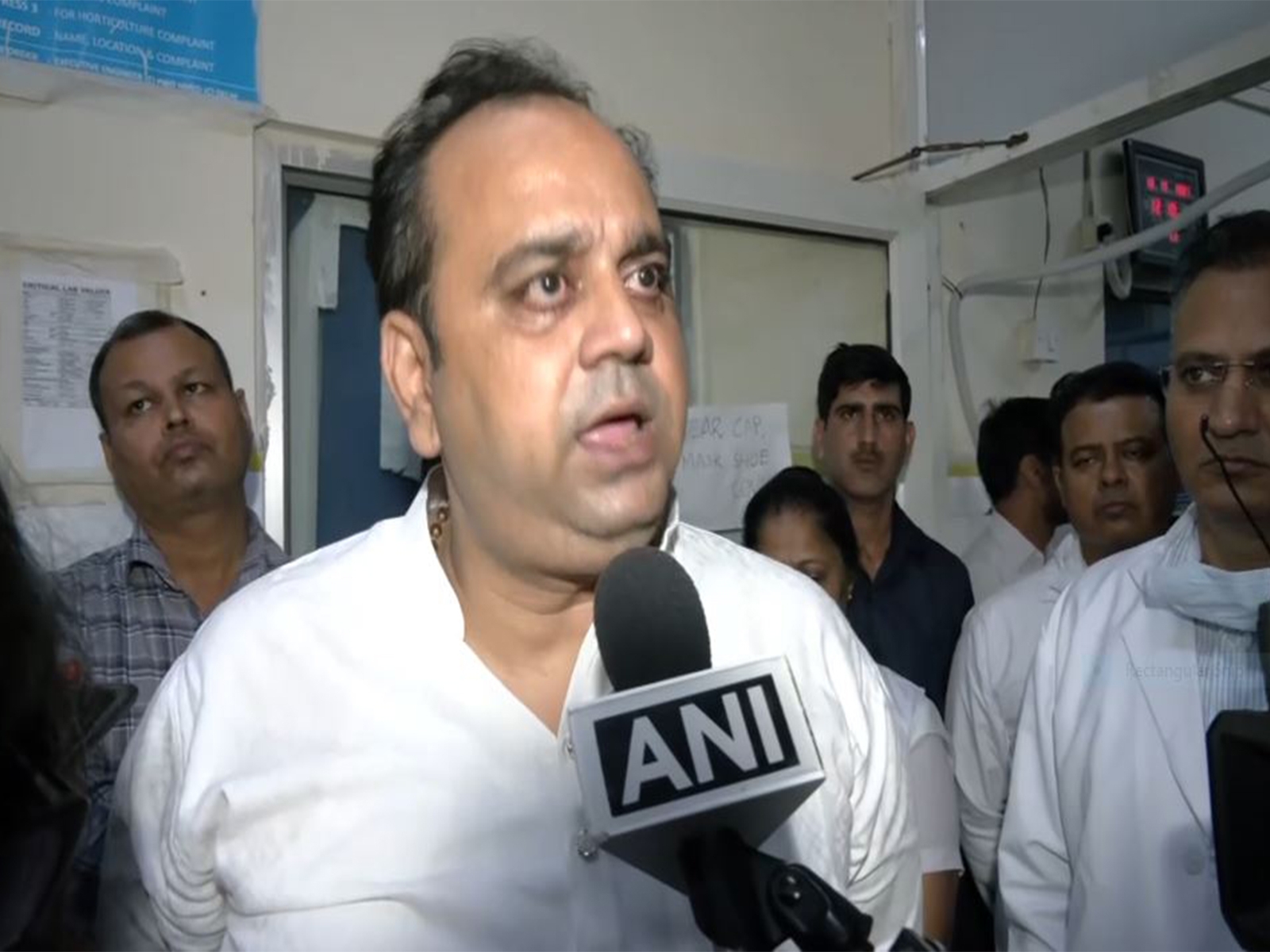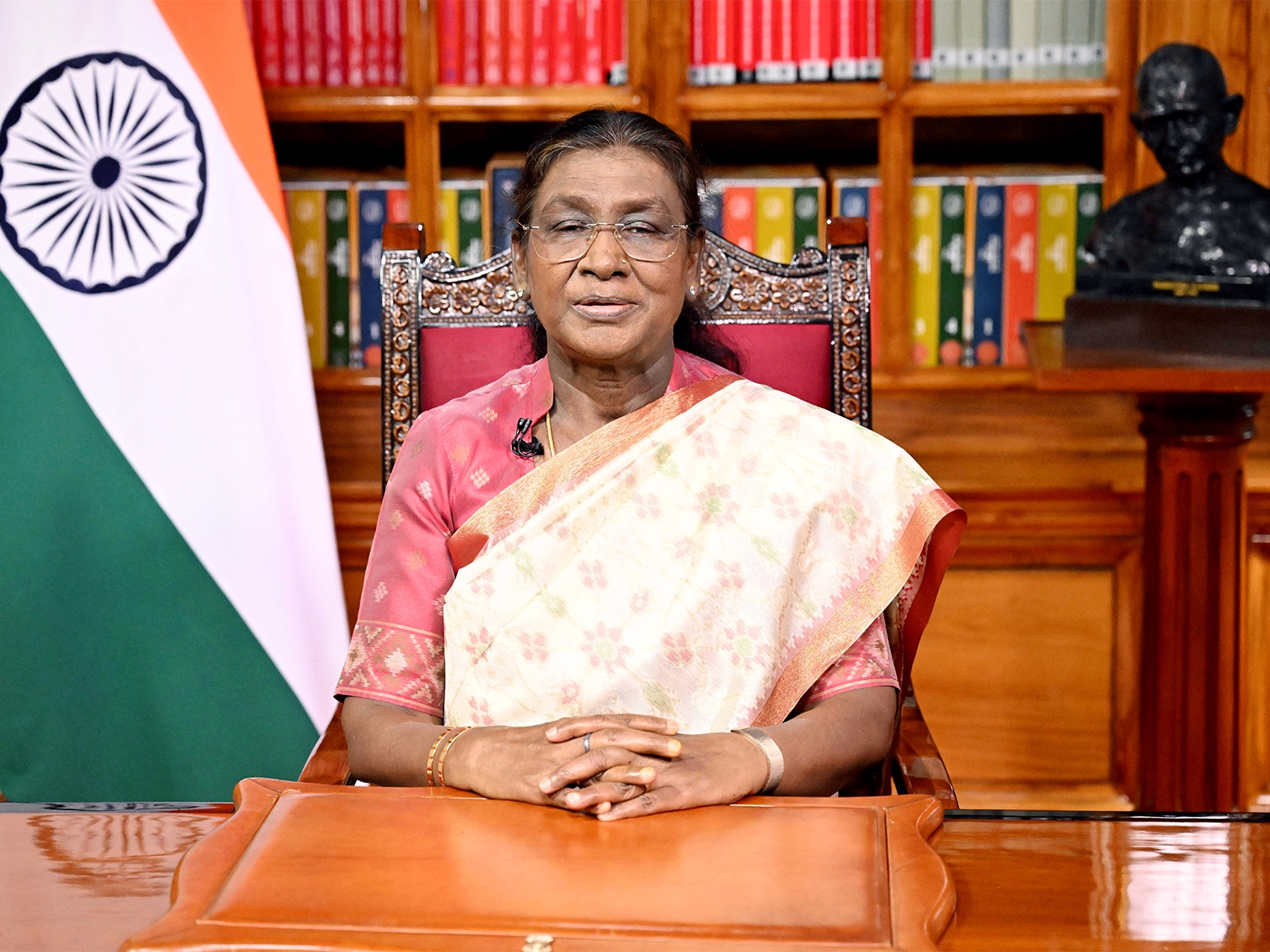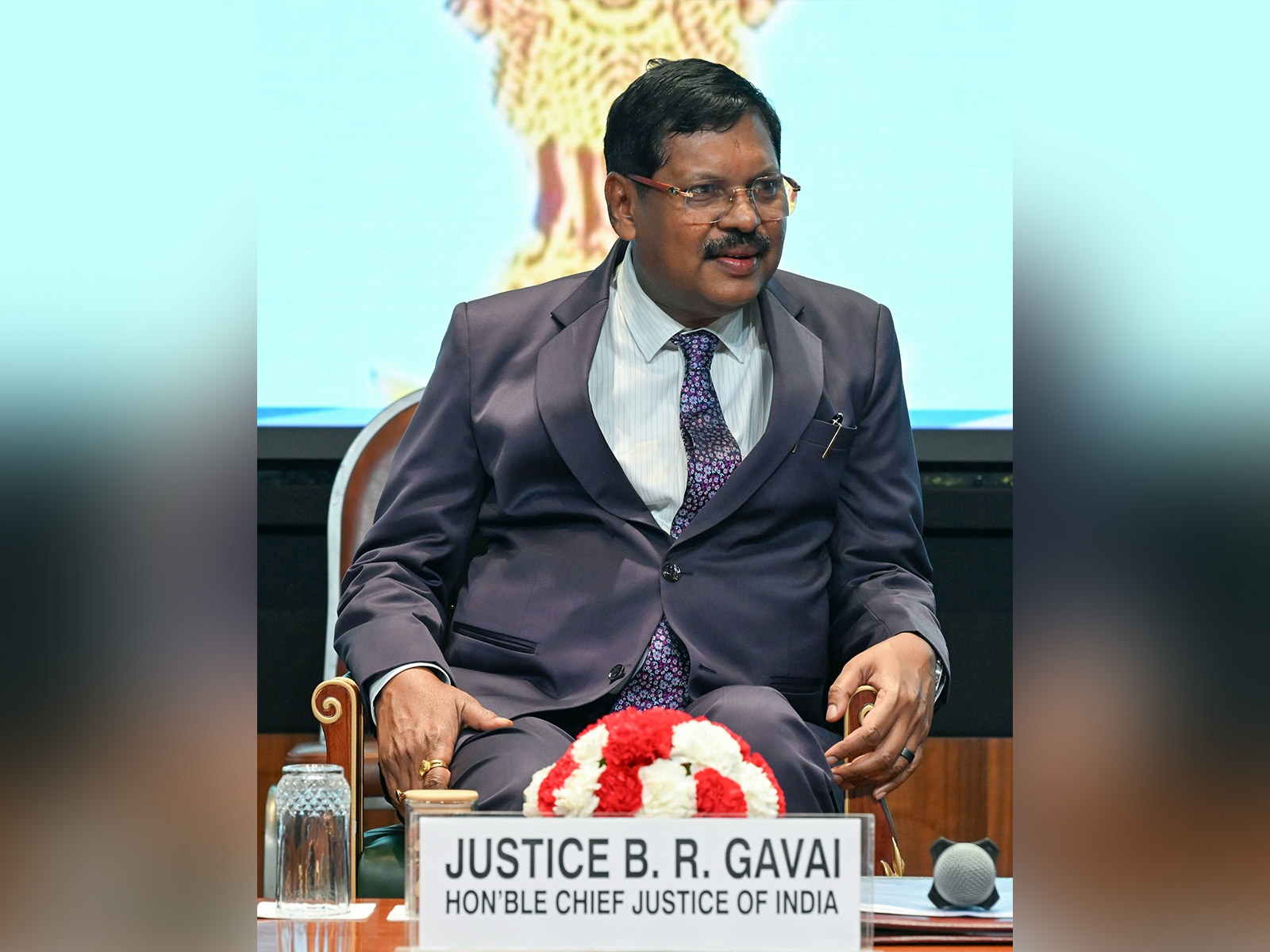What Japan needs most: more Japanese people

If you're the prime minister of a country, you're already doing something right. But if you're the prime minister and you have a Wikipedia page on your economic policy measures (named after you, by the way), you're definitely doing something pretty neat. Japanese prime minister Shinzo Abe is one such cool PM. His ruling coalition has just won majority of seats in Japan's upper house, winning the Japan elections by a two-thirds majority. He has got a page on his policies covered (it's Abenomics), sure. But there's a bigger, more serious problem his government needs to tackle - a fast declining population.
Close to 27% of the Japanese population is already over the age of 65. Their population peaked sometime in 2007 or 2008 with 128 million people. Since then, it's all been downhill. Estimates look bleak. Some population experts predict that by 2037, those aged 65 and above will go up to 38% of the total population. The working-age population is expected to drop to 44 million by 2037 -- which is almost half the size compared to 2007.
The implications of such a population crunch has already begun to show its effects in Japanese society across various regions. Hara-izumi, which is part of Kakegawa city hardly has any houses left. A local resident, Shibata, told Los Angeles Times, "When I was young, we had about 100 kids here, but now there are just five."
Also Read: #JNURow: Now academics from Japan say why JNU VC was wrong
There are approximately 250 households left in Hara-izumi and there's hardly anyone to oversee the local shrines. The village doesn't have enough men to even hoist up the traditional float for a nearby Shinto shrine's annual festival. The LA Times quotes him saying: "They just set it out there and it doesn't move. We're supposed to lose half our population in the next decade." His fears aren't unfounded. According to last year's census, since 2010 Japan has lost about 900,000 residents. The population situation is so dire in Hara-izumi that wild bears, boars and deer are roaming the streets instead!
Looking west policy
Cities like Fukuoka are trying to do the smart thing by wooing foreigners. In fact, over the last five years the city has gone slightly against the trend and grown 5.1% to 1.5 million residents. According to the report, that's a faster pace of growth than even Tokyo or other metropolises including Kyoto, Kawasaki and Kobe. Their gameplan? Attracting more overseas students to their universities and even helping them with employment opportunities.
The government is more than aware of the problem. Last fall, Abe convened a panel of ministers and experts and vowed that his administration would "bring a halt to the dwindling birthrate and aging population and maintain a population of 100 million people even 50 years from now."
How that is going to be achieved isn't very clear though. Unless there's a sharp relaxation of immigration regulations. As of December 2015, Japan had about 2.2 million registered foreigners. But the I-word isn't very much in favour with the government. At least not entirely yet.
Can Kato do it?
Abe is counting on his new minister to do that job for him. He has appointed Katsunobu Kato, a 59-year-old former Finance Ministry official, to a Cabinet post responsible just for arresting Japan's population slide. Kato definitely seems a good candidate - he's a father to four. However, meeting Abe's targets might be difficult even for Kato. Recently Abe introduced a goal of boosting the average number of children a woman bears in her lifetime to 1.8 from the current 1.4. But is that going to help at all?
"The tide is against him. Marriage rates have gone down, the fertility rate is below replacement level. I don't think there are many pro-fertility policies the government can introduce that will reverse the trend, because of the high cost of raising a kid and the opportunity cost in terms of careers," Jeff Kingston, director of Asian studies at Temple University told The Japan Times.
The article points out how Abe does recognise financial priorities and obligations as a barrier to start a family. Which is perhaps why Abe has not only pledged support to those seeking fertility treatment, but he's also promised to cut waiting lists for childcare to zero, expand the provision of free preschool education and provide support for "three-generation" households - where grandparents are the babysitters.
The I-word
While all this is being discussed at policy level, the government is relatively silent on immigration. The Japan Times writes that Abe has recently said "efforts to boost the fertility rate and keep women and the elderly in the labor force, should come before considering opening Japan's doors to more foreigners."
However, experts feel that immigration is perhaps the best bet Japan has right now. The UN estimates that Japan would need to get 17 million immigrants between 2005 and 2050 for it to maintain a stable population figure, around 127 million.
But sadly, much like Europe (in the one way a commonality shouldn't have been shared), at least half the population of Japan is opposed to the presence of foreigners in their country - at least according to general surveys. In fact, public sentiment in rural areas towards foreigners might even be negative. Ironically, those are the areas where depopulation is most severe. In the backdrop of such distrust, one can only hope for a miracle or a drastic surge in libido among the Japanese. Hopefully the latter. Perhaps the Octopus can help.
Also Read:Forget Wonder Woman's jet, Japan is set for invisible trains First published: 13 July 2016, 12:47 IST





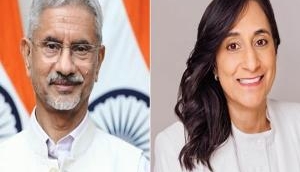
![BJP's Kapil Mishra recreates Shankar Mahadevan’s ‘Breathless’ song to highlight Delhi pollution [WATCH] BJP's Kapil Mishra recreates Shankar Mahadevan’s ‘Breathless’ song to highlight Delhi pollution [WATCH]](https://images.catchnews.com/upload/2022/11/03/kapil-mishra_240884_300x172.png)

![Anupam Kher shares pictures of his toned body on 67th birthday [MUST SEE] Anupam Kher shares pictures of his toned body on 67th birthday [MUST SEE]](https://images.catchnews.com/upload/2022/03/07/Anupam_kher_231145_300x172.jpg)


